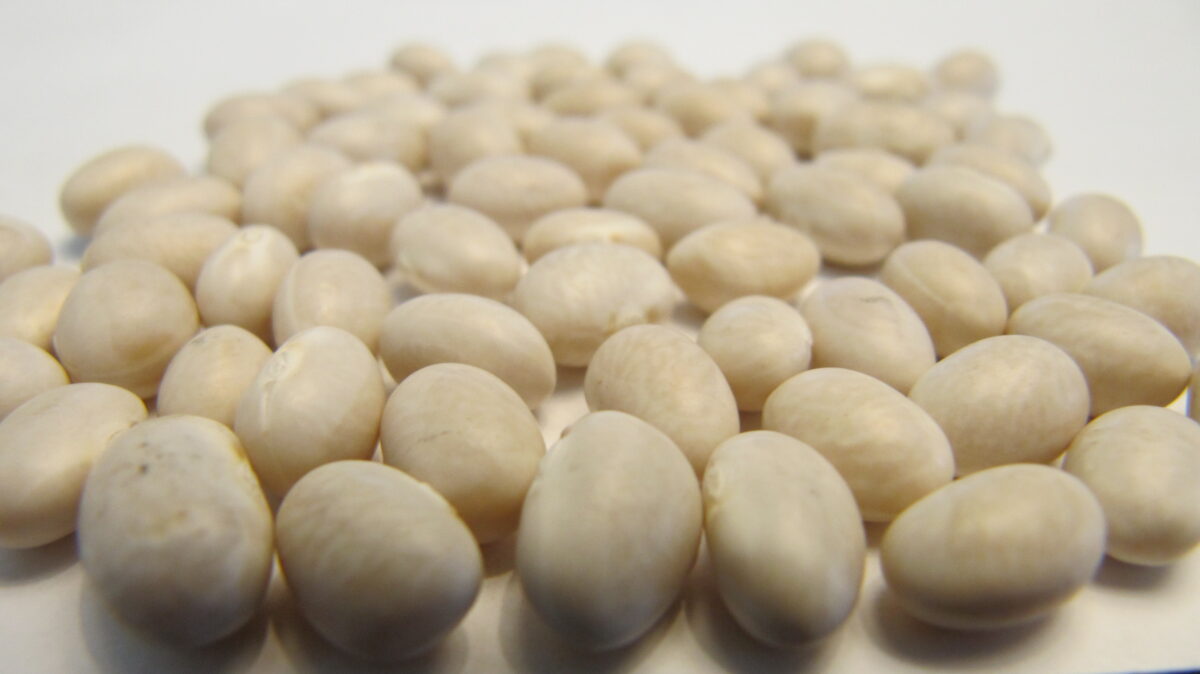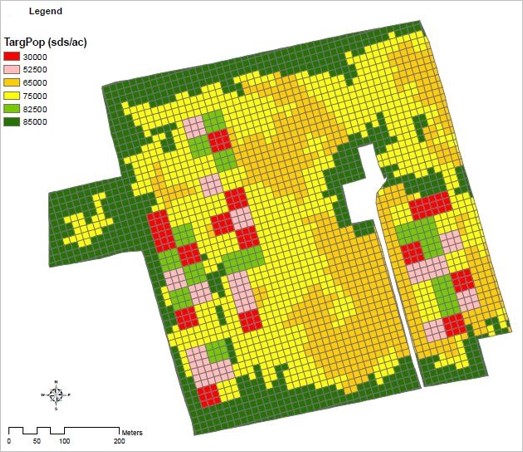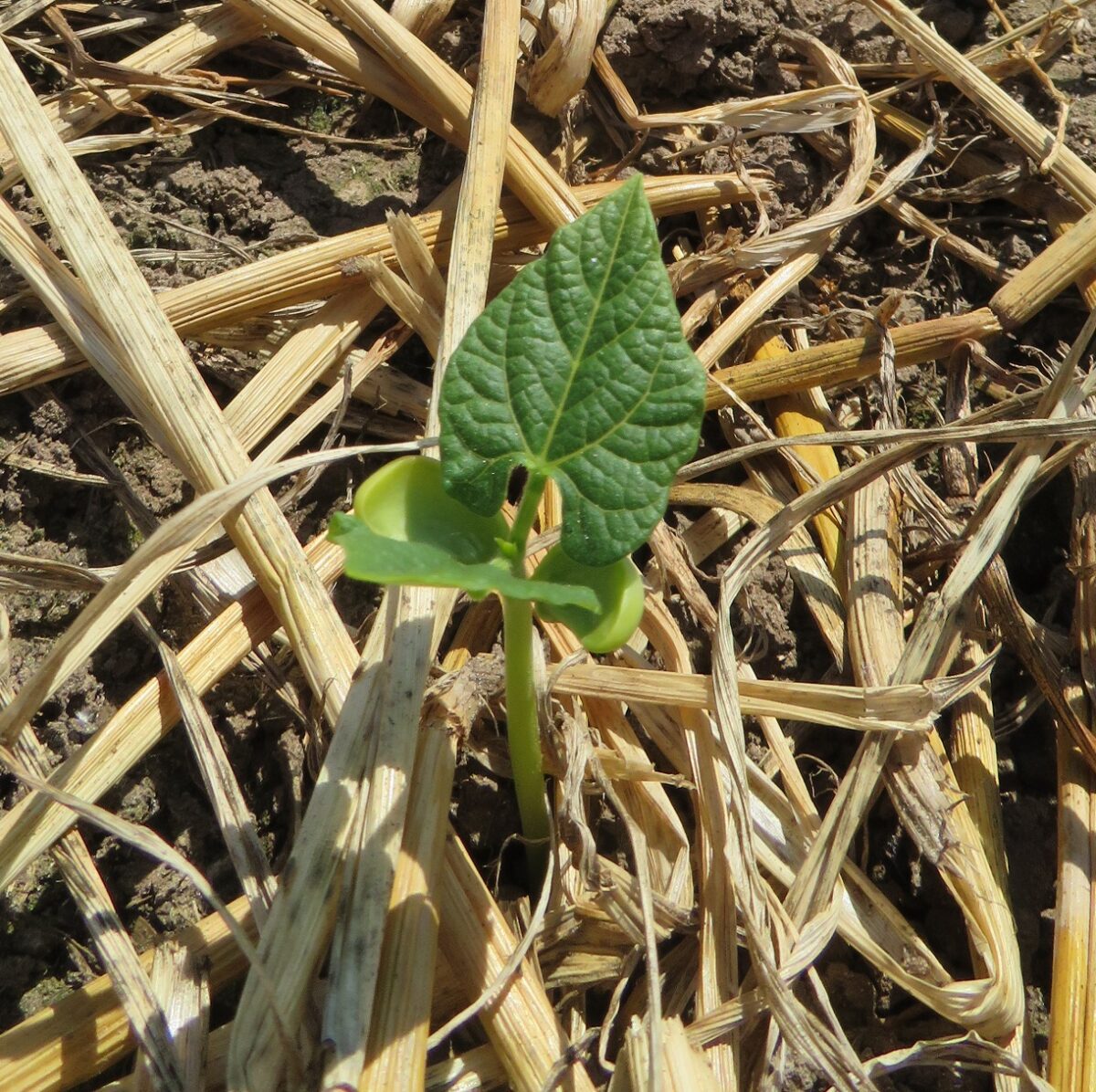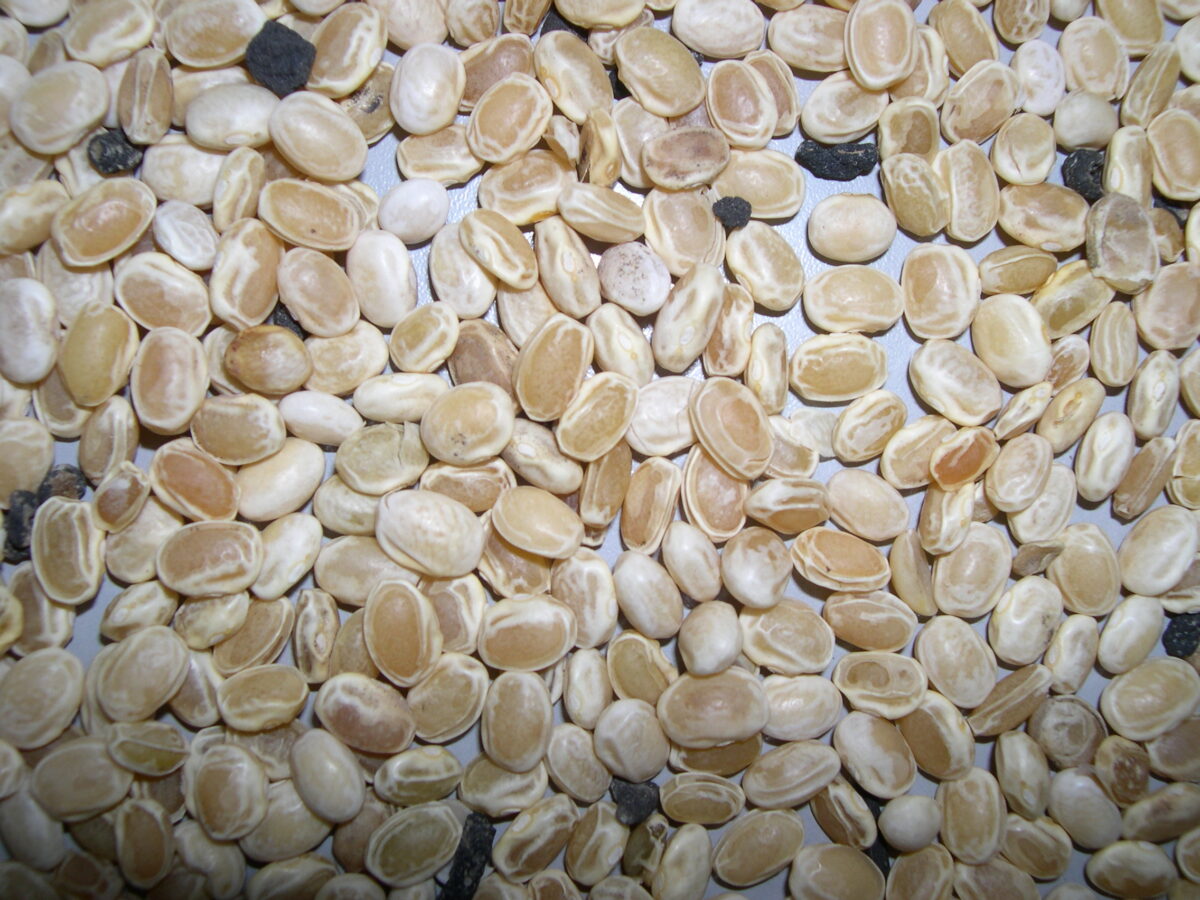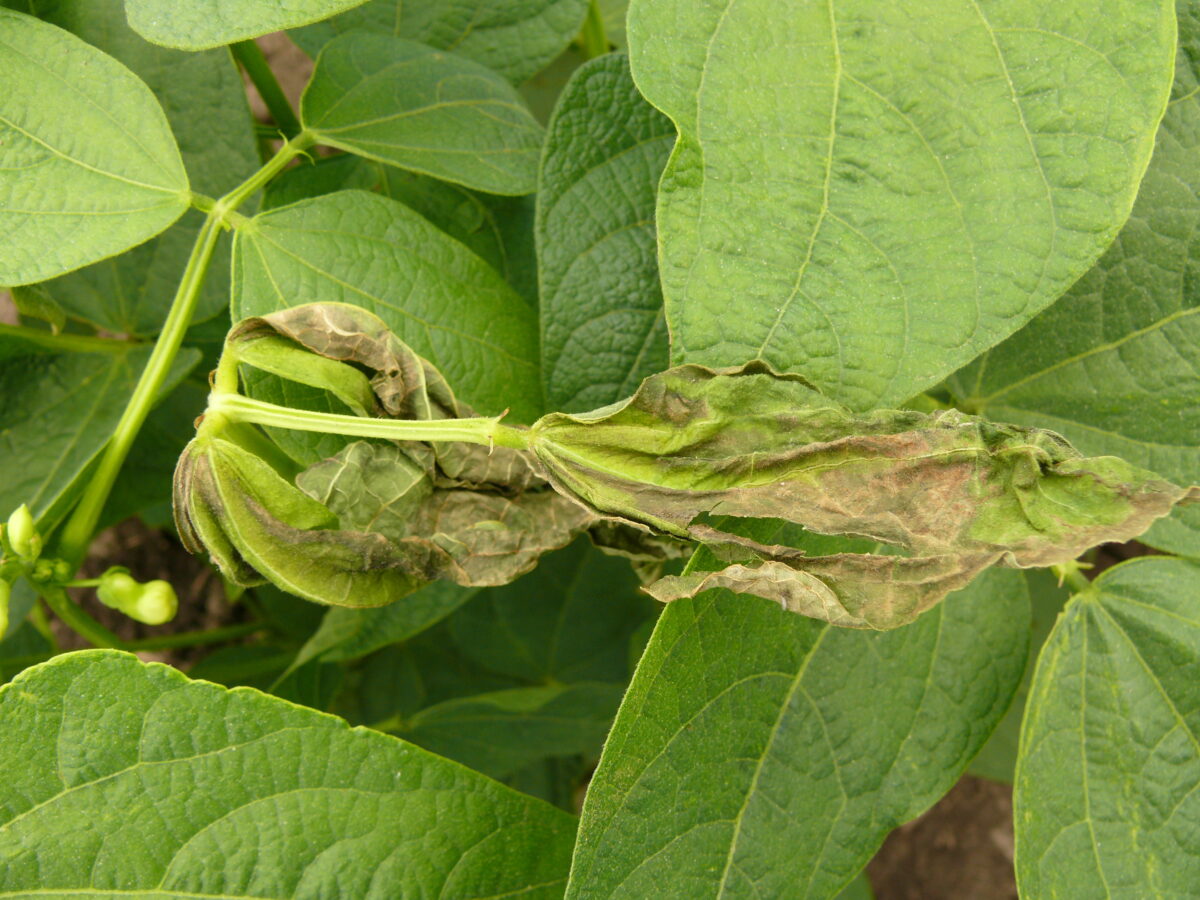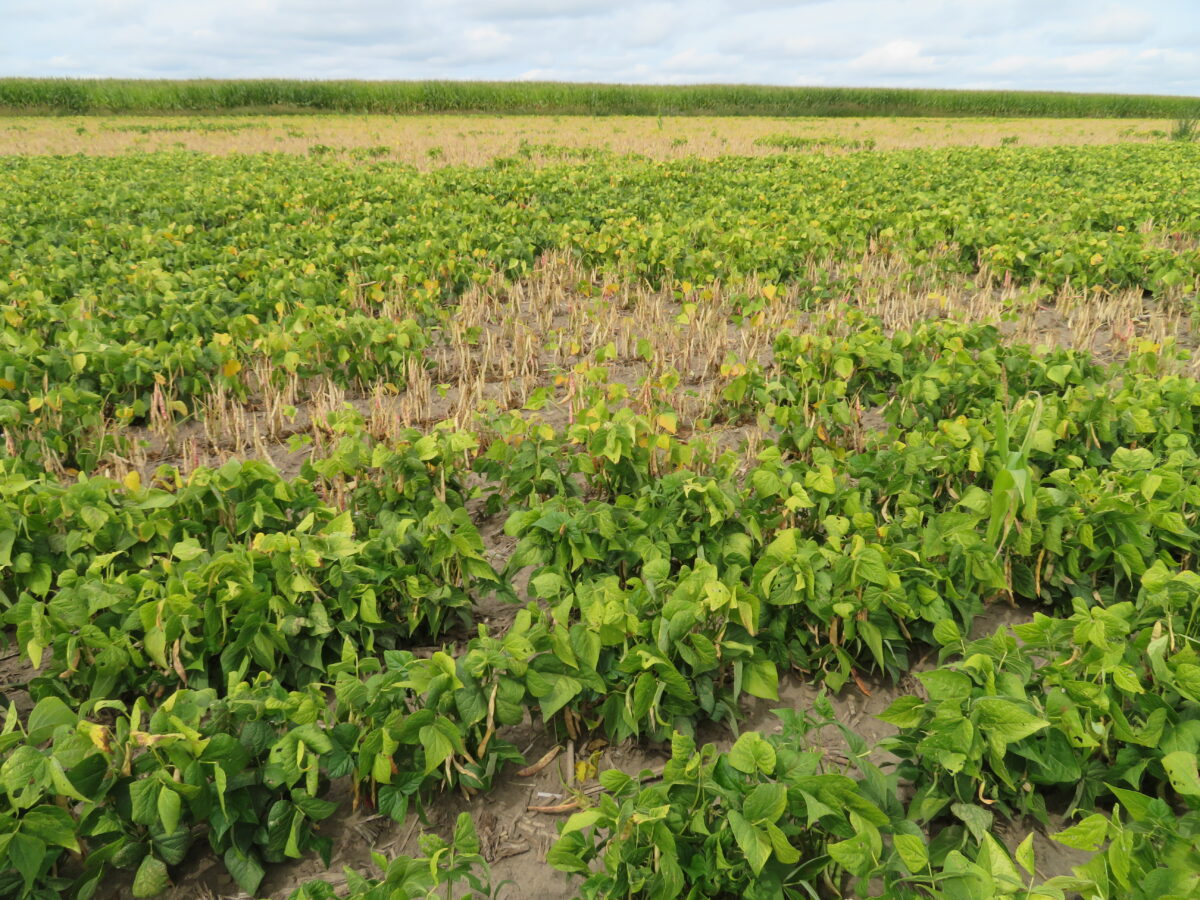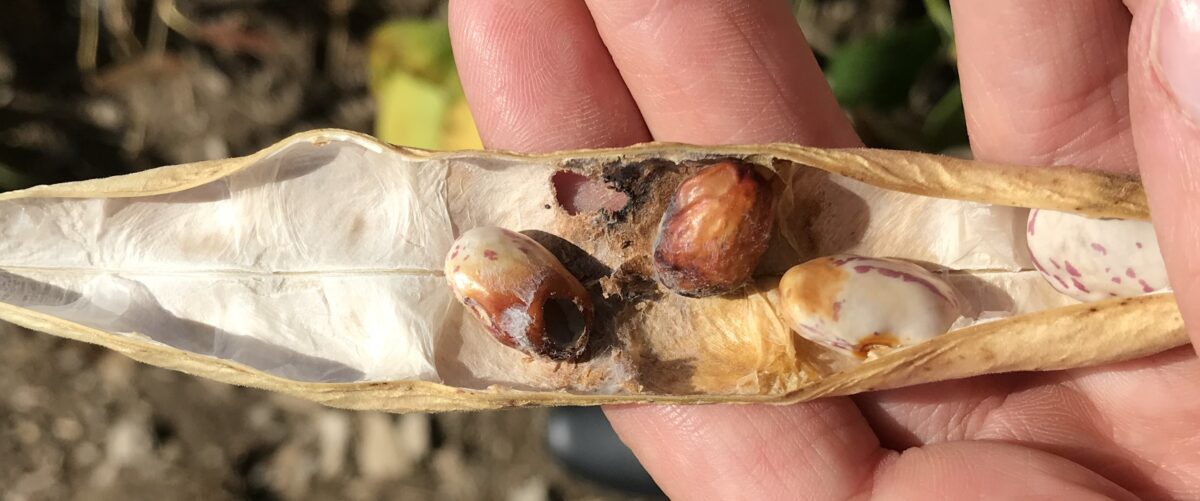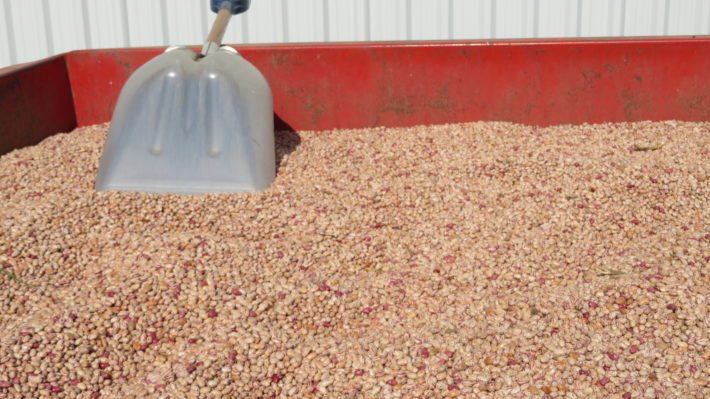Is there an economic benefit to variable rate seeding white beans? See infosheet. Is there an economic benefit to variable rate seeding cranberry beans? See infosheet.Continue readingIs there an economic benefit to variable rate seeding?
Author: Meghan Moran
Dry Bean Seeding Rate Project Results
With the support of six Ontario dry bean producers located in Huron, Perth and Oxford Counties, a large seeding rate trial was conducted over 3 years on approximately 900 acres of cranberry beans, 600 acres of white beans and 200 acres of black beans. The objectives of the project were to: Demonstrate the use of…Continue readingDry Bean Seeding Rate Project Results
A dry bean seeding rate project was conducted from 2018-2020 in Ontario farm fields. White, black and cranberry beans were seeded in large plots in a wide range of seeding rates to evaluate aspects of variable rate seeding and to validate recommended seeding rates. Below is a 30 minute video summarizing the results. Further reports…Continue readingDry Bean Seeding Rate Project Results (VIDEO PRESENTATION)
Acres are limited, but dry beans are successfully grown in no-till systems in Ontario. Dry beans respond to some form of tillage in the seed zone at planting. This is largely because of their inherently small and poorly developed root system. Tillage coulters on the planting unit will provide the necessary seed-zone tillage to optimize emergence,…Continue readingNo-Till
Fall Frost Prior to Harvest
The extent of fall frost damage depends on how low the temperature gets and for how long. Light frost (0 to -1°C) may kill the top leaves but not penetrate the canopy. In this case, plants will continue to mature but will take longer. There may be some green seed where leaves were killed. If…Continue readingFall Frost Prior to Harvest
Dry beans are very sensitive to frost and should be planted after risk of frost has passed. The ideal germination temperature for dry beans is 15°C or higher. Cool soil temperatures at planting may delay germination and reduce rates of emergence, particularly if seed is of poor quality. Frost damage may be apparent as dark,…Continue readingSpring Frost and Temperature Stress
Sunscald
Sunscald is caused by intense concentration of the sun’s heat on plant tissue. Sunscald is not considered to affect yields. Injury often occurs when bright sunny days follow cloudy, warm and humid conditions. Sunscald can occur on leaves, stems or pods and most often affects new, tender leaf tissue at the top of the plant.…Continue readingSunscald
Green Patch
Green Patch, sometimes called “crazy beans”, is a syndrome occurring in Ontario dry beans for which a cause has not been identified. It is so called because at harvest time when most plants are maturing and drying down, patches will remain green and growing. The greenness of plants is not in itself a major concern,…Continue readingGreen Patch
Western Bean Cutworm Quick Guide
This article is intended to briefly answer questions surrounding WBC in Ontario dry beans. More comprehensive information can be found in the OMAFRA Infosheet on WBC or in other WBC articles on this website. You can also check FieldCropNews.com for timely updates or follow @TraceyBaute and @megnmoran on Twitter. Where are they in Ontario? Western…Continue readingWestern Bean Cutworm Quick Guide
In 2015 an Oxford County farm family, the Vollmershausen’s, were looking around for a yield monitor for their Pickett combine. The Vollmershausen’s grow kidney and cranberry beans which are harvested by pulling and windrowing, then picked up and threshed by a Pickett combine. Large seeded dry beans are somewhat delicate and must be handled gently…Continue readingMade-In-Ontario Yield Monitor Now Available for Dry Bean Combines
